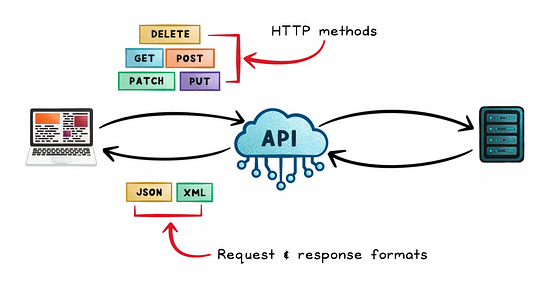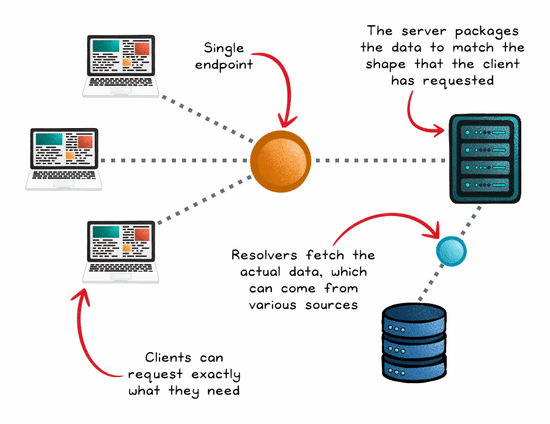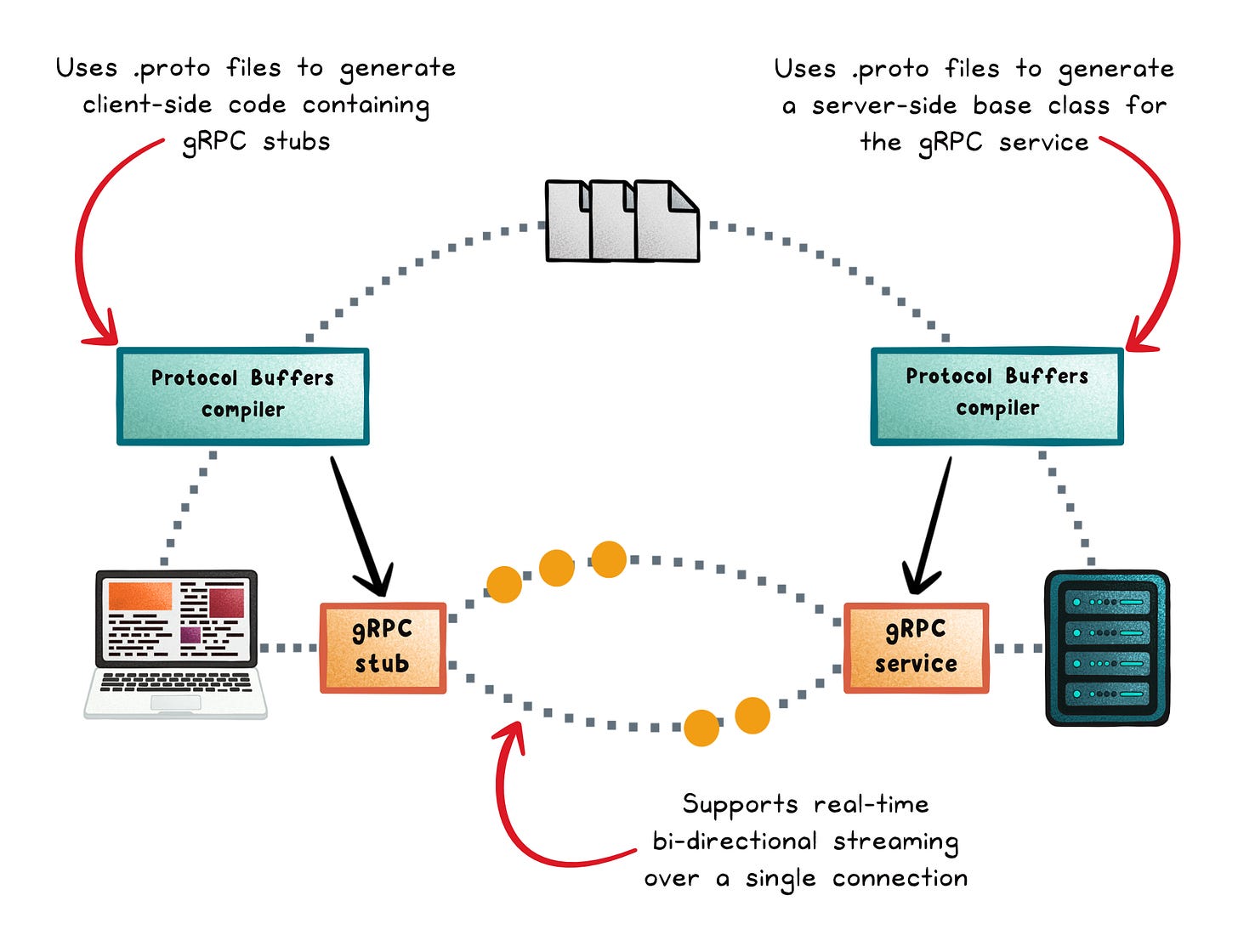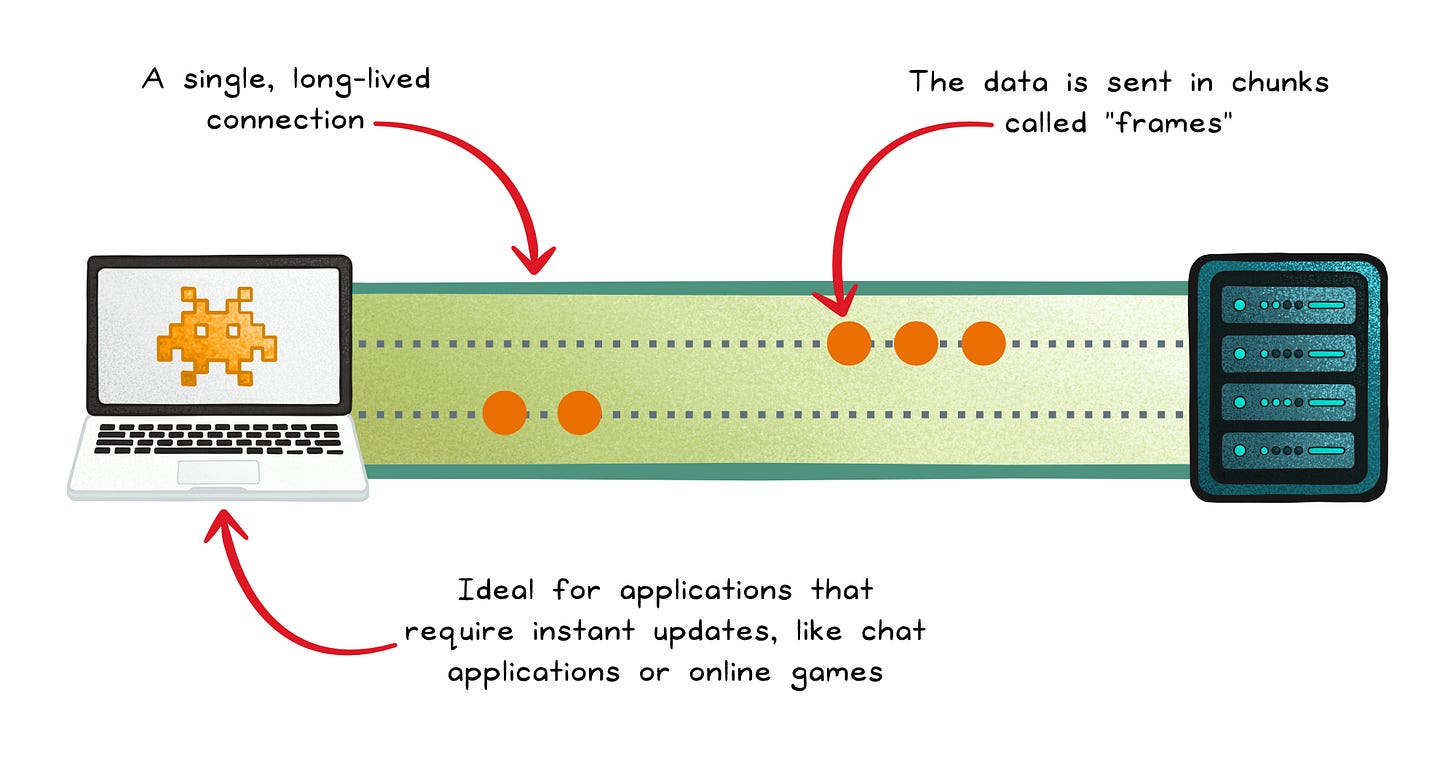Unpacking the Leading API Architectural Styles
(5 Minutes) | REST, GraphQL, gRPC, SOAP, MQTT
Get our Architecture Patterns Playbook for FREE on newsletter signup:
Presented by Postman
Do you have team members who are blocked because they're waiting for you to ship a new API?
Unblock them using Postman mock servers.
Understanding The Most Prominent API Architectural Styles
API architectural styles determine how services communicate with each other.
The existence of various API architectural styles stems from the diverse needs of applications, ranging from real-time data streaming to complex data retrieval and manipulation.
The choice of an API architecture can have significant implications on the efficiency, flexibility, and robustness of an application, so it is very important to choose based on your application's requirements, not just what is often used.
Let's dive into some of the most prominent API architectural styles and understand their unique offerings.
REST (Representational State Transfer)
We'll kick things off with REST, this API architectural style is at the heart of web services.
REST focuses on leveraging the simplicity and universality of HTTP methods.
Its stateless nature ensures scalability, while resource identification through URIs provides a clear structure.
By using standard HTTP methods like GET, POST, PUT, and DELETE, REST offers a straightforward approach to CRUD operations, as well as a consistent API interface.
The primary strength of REST lies in its simplicity, which enables building scalable and maintainable systems.
GraphQL
In some ways, GraphQL can feel like the opposite of REST.
Contrary to the REST approach, which can necessitate multiple requests to obtain interconnected data, GraphQL provides a more streamlined method.
Rather than having multiple endpoints for each resource or entity, it provides one endpoint and allows users to define their specific data requirements; in response, it efficiently delivers the requested data in a single query.
Rather than over-fetching data, you get only what you require. This precision in data retrieval improves performance as well as user experience.
SOAP (Simple Object Access Protocol)
In the early days of web applications, SOAP was the dominant protocol.
With the rise of REST offering much simpler JSON payloads over HTTP, SOAP popularity waned.
Nonetheless, nowadays it's still prevalent in various enterprise systems requiring extensibility and robustness.
SOAP is a protocol that emphasizes security, transactional integrity, and robust messaging patterns. Its XML-based message format and ability to operate over various transport protocols make it a versatile choice.
Like REST, SOAP also has a stateless nature, and it also features its own security specification (WS-Security), which provides a suite of tools to ensure message integrity, confidentiality, and authentication.
gRPC (Remote Procedure Calls)
Backed by Google, gRPC is a modern RPC framework that uses Protocol Buffers for efficient serialization.
It shines in microservices architectures, offering features like bidirectional streaming and multiplexing over a single connection.
With support for multiple programming languages and built-in authentication mechanisms, gRPC is well-suited for a variety of use cases across different domains; from distributed systems and real-time applications to polyglot systems and IoT.
WebSockets
For applications demanding real-time communication, WebSockets provide a full-duplex communication channel over a single, long-lived connection. This allows both the client and the server to send messages at any time, independently of each other.
This architectural style is especially popular in scenarios like online gaming, chat applications, and live financial trading, where low latency and continuous data exchange are paramount.
MQTT (Message Queuing Telemetry Transport)
MQTT was developed in the 90s by IBM. It was used in specific industries that required lightweight communication, but its widespread adoption occurred with the rise of the Internet of Things (IoT) landscape.
MQTT is a lightweight messaging protocol optimized for high-latency or unreliable networks.
Its publish/subscribe model ensures efficient data dissemination among a vast array of devices, making it a go-to choice for IoT applications.
API architectural styles are more than just communication protocols; they are strategic choices that influence the very fabric of application interactions.
Just as an efficient database schema can elevate an application's performance and user experience, the right API architectural style can streamline service interactions, enhance scalability, and ensure data integrity.
As technology continues to evolve, it's important to stay up to date with API architectures to make informed decisions that best serve an application's needs.
Subscribe to get simple-to-understand, visual, and engaging system design articles straight to your inbox:






